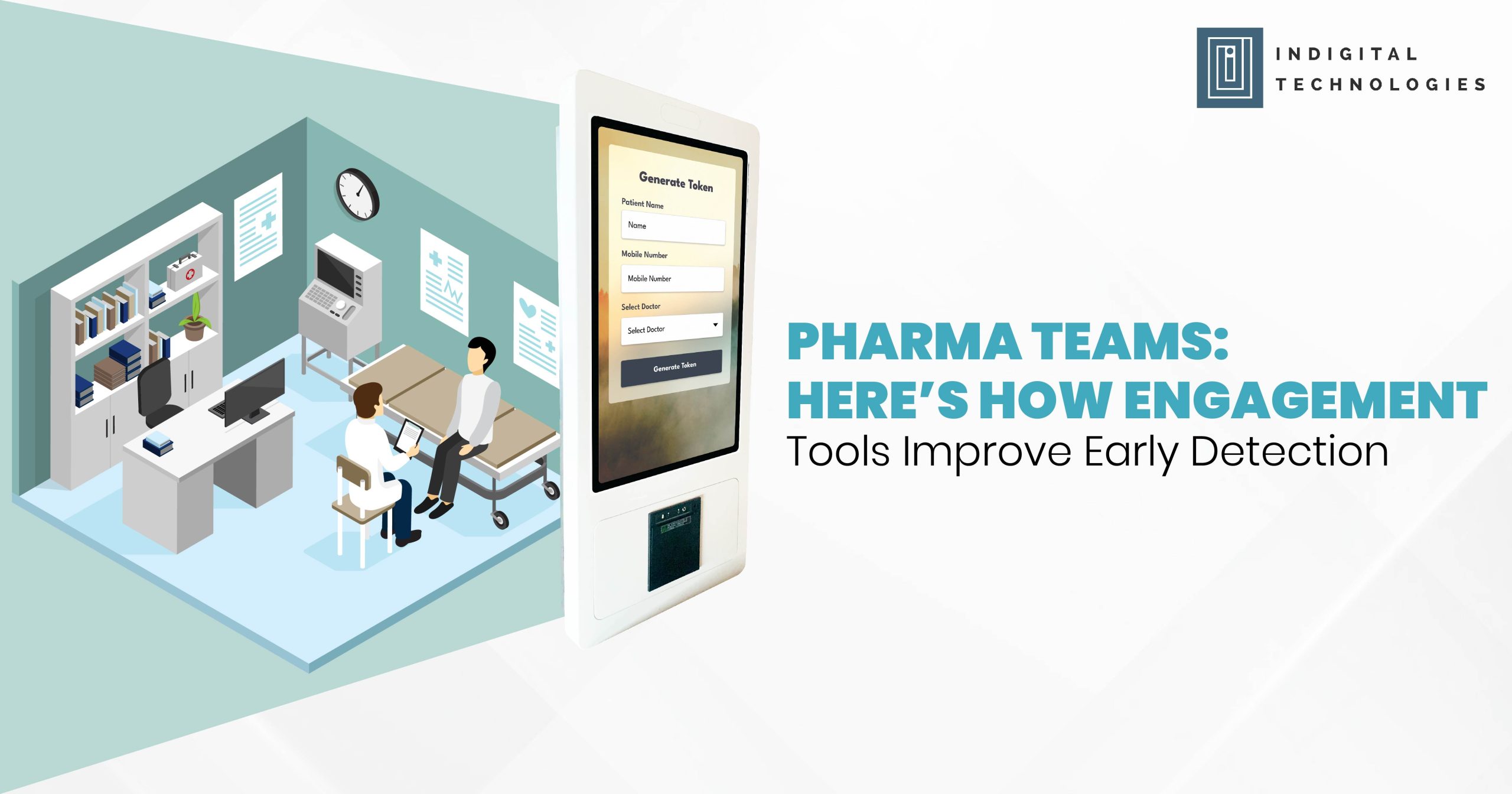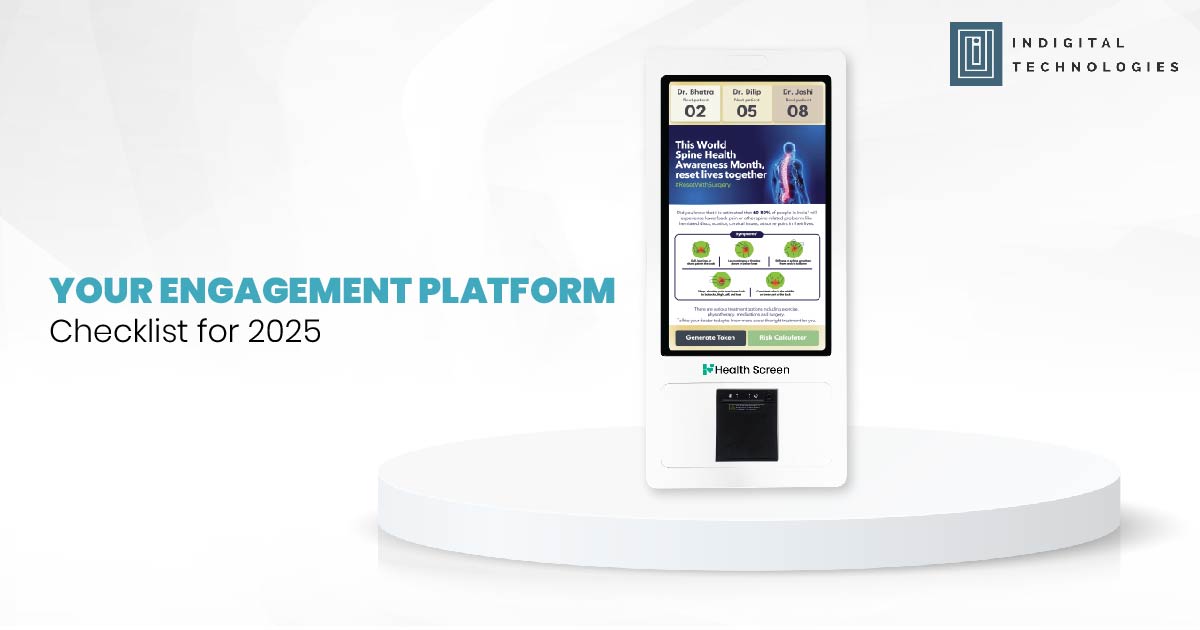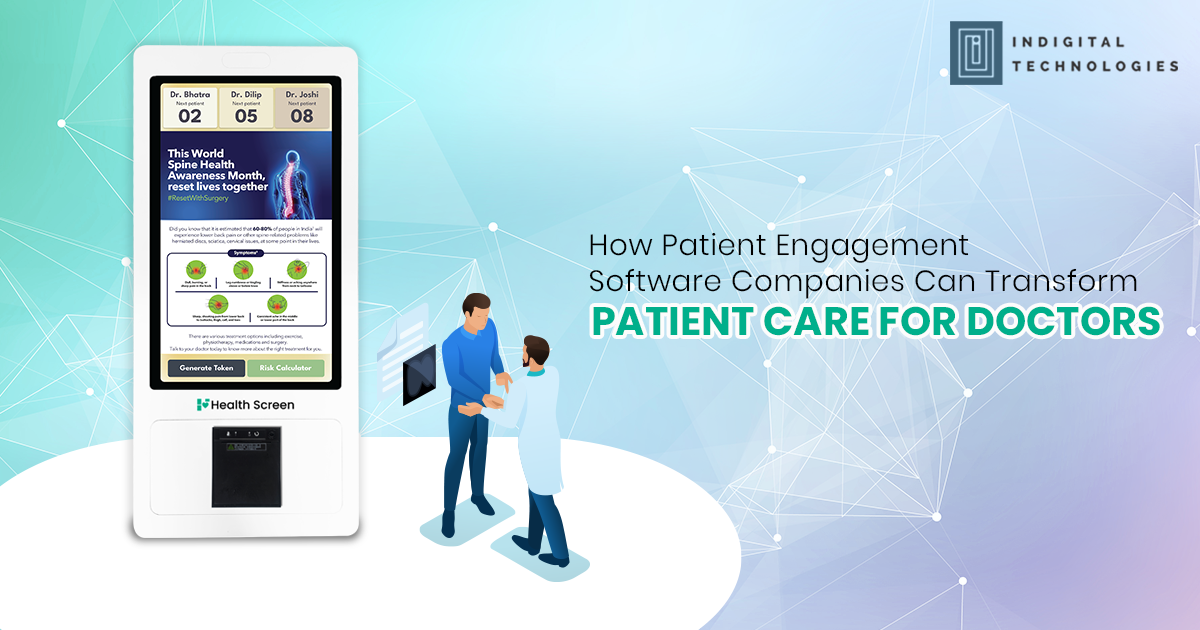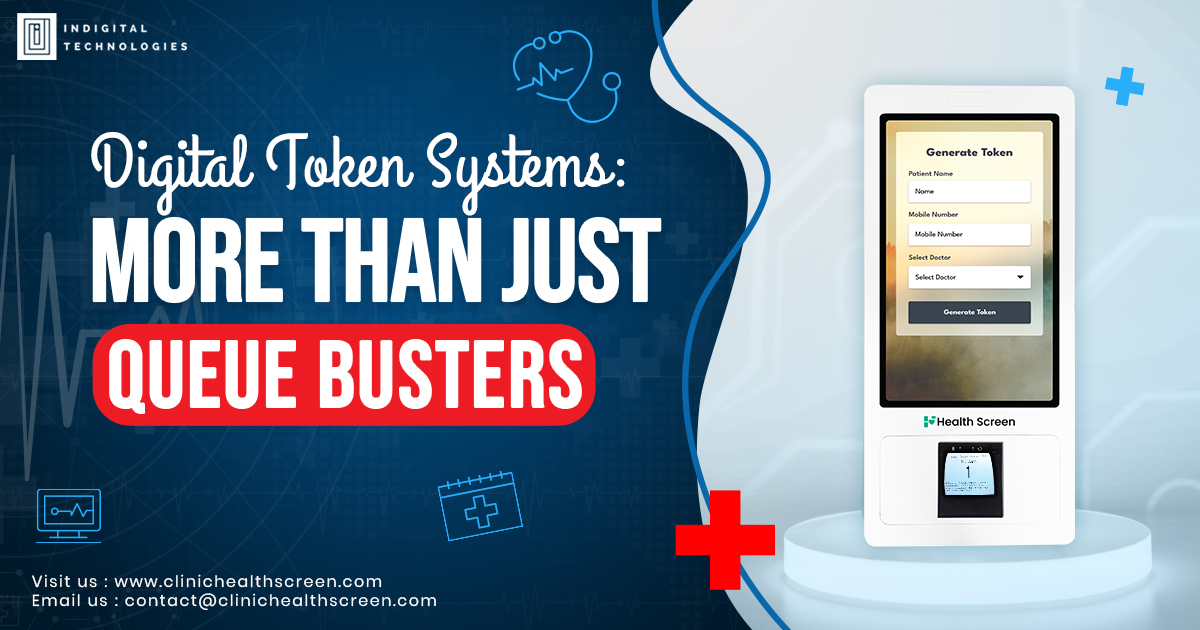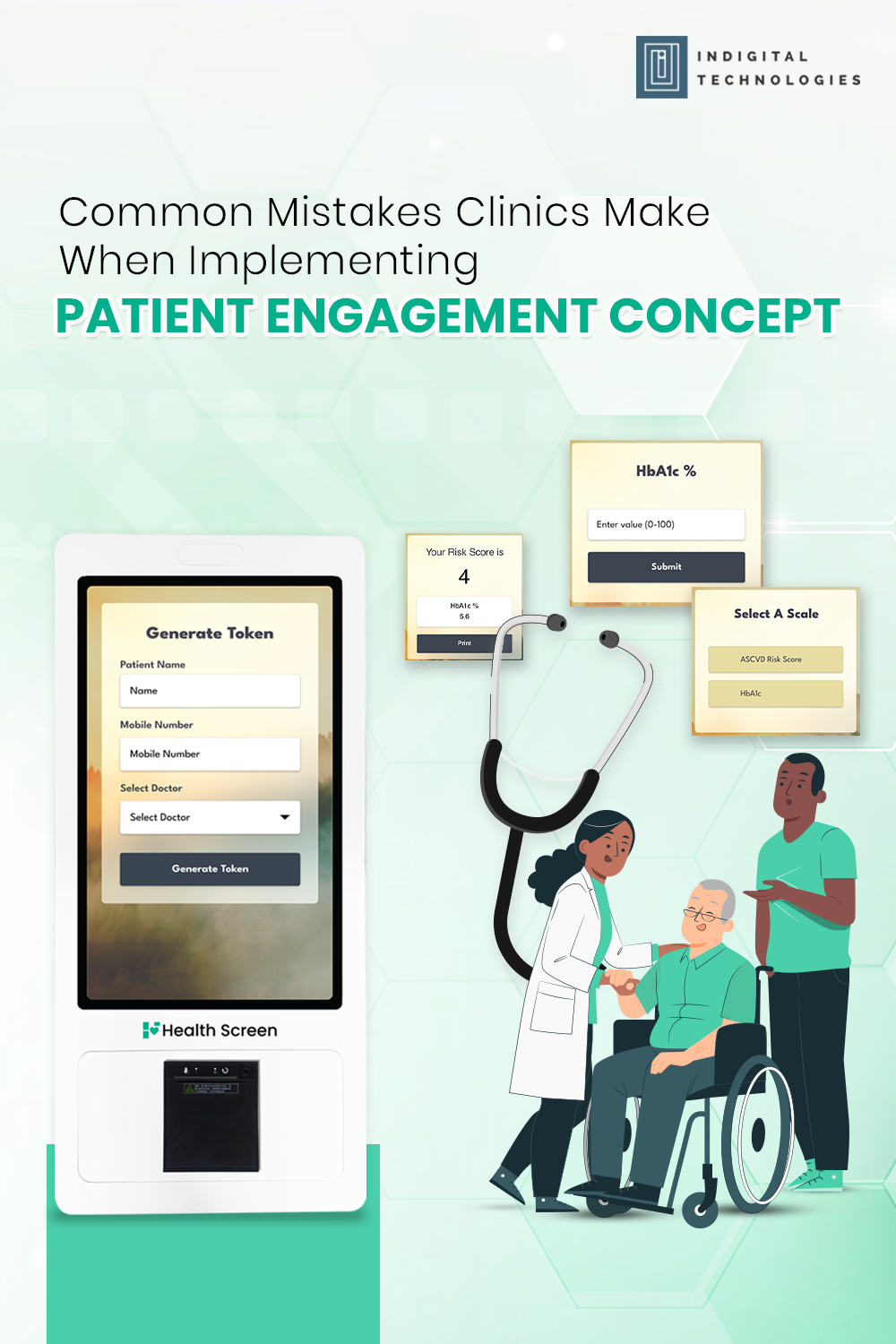Early Detection Isn’t Just a Clinical Win — It’s a Brand Opportunity
In today’s value-based healthcare landscape, early detection of chronic diseases like hypertension, diabetes, and cardiovascular risks is critical — not just for clinical outcomes, but for therapeutic success and brand credibility.
Pharma teams have always known the value of starting therapy early. But what if more patients could self-identify symptoms, seek care sooner, and begin treatment at just the right time?
This is where engagement tools step in — changing passive patients into informed decision-makers.
The Early Diagnosis Challenge
Despite growing awareness, late diagnosis is still common in India:
- Over 70% of hypertensive patients are unaware of their condition until it causes damage.
- PCOS and thyroid disorders go undetected in young women due to stigma or misinformation.
- Diabetes complications often appear before the disease is even diagnosed.
Traditional awareness campaigns — posters, brochures, CME sessions — help, but they’re not enough. The real need is timely, context-rich engagement where it matters most: in the clinic.
Smart Engagement Tools: The New First Touchpoint
Today’s engagement platforms do more than play educational videos. They create micro-moments of insight while the patient waits — transforming idle time into an opportunity for early symptom recognition.
Imagine:
- A patient watching a video on “Unusual Signs of Heart Disease” just before his consultation.
- A woman recognizing her symptoms from a PCOS explainer.
- A senior citizen realizing blurred vision could be linked to high BP.
These moments drive proactive conversation, and that’s when real detection begins.
Why It Works: Repetition + Relevance + Environment
Patient engagement works best when:
- The content is visually compelling and easy to understand.
- It’s shown just before the consultation, making the topic top-of-mind.
- It’s repeated across multiple visits, reinforcing awareness over time.
This is why in-clinic digital platforms outperform traditional health awareness posters — they offer personalized, consistent exposure in the right setting.
Pharma’s Strategic Advantage
For pharma managers, early detection translates directly to:
- Earlier therapy adoption
- Better treatment compliance
- Increased diagnostic and prescription uptake
- Improved brand association with patient awareness
By supporting smart clinic tools that promote early detection, pharma teams move closer to the patient journey — from education to diagnosis to prescription.
It’s not just about launching a new molecule. It’s about launching early action.
Real Impact: From Missed Signs to Action
In a case study from urban diabetes clinics using digital patient education platforms:
- Over 35% of patients engaged with content on pre-diabetic symptoms asked about tests during the same visit.
- Doctors reported a 20% increase in HbA1c screenings, initiated by patient concern triggered by the awareness content.
- Pharma partners noted a 15–18% rise in early-stage therapy starts, aligning with the brand’s positioning in pre-diabetes intervention.
This shows that when engagement meets relevance, patients respond.
What You Should Look For in an Engagement Tool
If you’re evaluating engagement platforms for your therapy area, ensure it: ✅ Is plug-and-play, requiring minimal training for staff
✅ Includes multilingual patient videos mapped to symptoms
✅ Offers a dashboard for real-time campaign visibility
✅ Allows co-branded content to align with therapy objectives
✅ Enhances pre-consultation patient understanding
Engagement isn’t a luxury anymore — it’s a competitive differentiator for pharma-backed clinical partnerships.
Conclusion: From Awareness to Action, One Screen at a Time
In-clinic engagement platforms are the missing link in early diagnosis. They shift the awareness burden away from posters and overloaded doctors — and bring it directly to the patient in a moment of readiness.
Pharma teams can lead this shift — not just by promoting medications, but by powering the insights that trigger diagnosis.
Because when patients detect early, everyone wins — the doctor, the brand, and most importantly, the patient.

